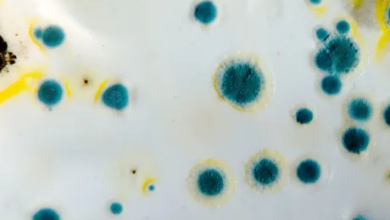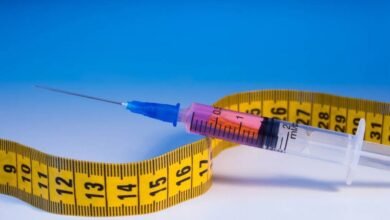
Gynecomastia surgery is a transformative procedure that helps men achieve a more masculine chest contour. However, like any surgical procedure, it comes with a recovery period that requires careful management, particularly in handling post-operative swelling. In this blog post, we’ll explore effective ways to manage swelling after gynecomastia surgery, ensuring a smoother recovery and optimal results.
Understanding Swelling After Gynecomastia Surgery
Swelling is a natural part of the healing process after gynecomastia surgery. It occurs as the body’s response to trauma and is a sign that your body is working to repair itself. The extent of swelling can vary based on several factors, including the extent of the surgery, your body’s natural healing response, and how well you follow post-operative care instructions.
For those who have undergone gynecomastia surgery in Dubai, it’s essential to understand that swelling is temporary and typically subsides over time. However, proper management is key to minimizing discomfort and achieving the best possible outcome.
Tips to Manage Swelling Effectively
1. Follow Your Surgeon’s Post-Operative Instructions
One of the most important steps in managing swelling is to adhere to the post-operative care instructions provided by your surgeon. The best plastic surgeons in Dubai will offer detailed guidelines tailored to your specific case. These instructions often include wearing a compression garment, taking prescribed medications, and avoiding certain activities that could exacerbate swelling.
2. Wear a Compression Garment
Compression garments are specifically designed to reduce swelling and support the healing tissues. Wearing a compression garment as instructed by your surgeon can help minimize fluid buildup, reduce discomfort, and speed up the recovery process. Be sure to wear it for the recommended duration, as it plays a crucial role in shaping the final gynecomastia surgery before and after results.
3. Apply Cold Compresses
Applying cold compresses to the affected area during the initial stages of recovery can significantly reduce swelling. Cold therapy constricts blood vessels, thereby reducing the flow of fluids to the surgical site. However, it’s important to use cold compresses correctly—typically for 10-15 minutes at a time, several times a day, and always with a barrier (such as a cloth) between the ice pack and your skin to prevent frostbite.
4. Elevate Your Upper Body
Keeping your upper body elevated, especially during the first few days after surgery, can help reduce swelling. This can be achieved by sleeping in a reclined position or propping yourself up with pillows while resting. Elevation helps to reduce fluid accumulation in the chest area, promoting faster reduction of swelling.
5. Stay Hydrated
Maintaining adequate hydration is essential for reducing swelling and promoting overall healing. Drinking plenty of water helps flush out excess fluids and toxins from your body, aiding in a quicker recovery. Avoiding caffeine and alcohol is also advisable, as these can contribute to dehydration and worsen swelling.
6. Limit Physical Activity
While light walking is encouraged to promote circulation, it’s important to avoid strenuous activities that could aggravate swelling. Activities such as heavy lifting, intense exercise, or anything that puts strain on the chest area should be avoided for at least 4-6 weeks post-surgery, or as recommended by your surgeon.
7. Monitor Your Diet
A diet rich in anti-inflammatory foods can help manage swelling after gynecomastia surgery. Incorporate foods such as leafy greens, berries, nuts, and fatty fish, which are known for their anti-inflammatory properties. Reducing your salt intake is also important, as high sodium levels can lead to water retention, increasing swelling.
When to Seek Medical Attention
While swelling is a normal part of recovery, it’s important to be aware of signs that may indicate a complication. If you experience sudden, severe swelling, significant pain, redness, or if the swelling persists beyond the expected timeframe, contact your surgeon immediately. The best plastic surgeons in Dubai are available to provide guidance and address any concerns that may arise during your recovery.
Conclusion
Managing swelling after gynecomastia surgery in Dubai is crucial for a smooth recovery and achieving the best possible results. By following your surgeon’s instructions, wearing a compression garment, applying cold compresses, and making healthy lifestyle choices, you can minimize swelling and enhance your gynecomastia surgery before and after results. Understanding the gynecomastia surgery cost in Dubai and investing in the right surgeon can make all the difference in your recovery experience.
Remember, patience and adherence to post-operative care are key to enjoying your newly contoured chest. If you have any concerns during your recovery, don’t hesitate to reach out to your surgeon for support.
By taking these steps, you can manage swelling effectively and look forward to the final results of your gynecomastia surgery with confidence.



